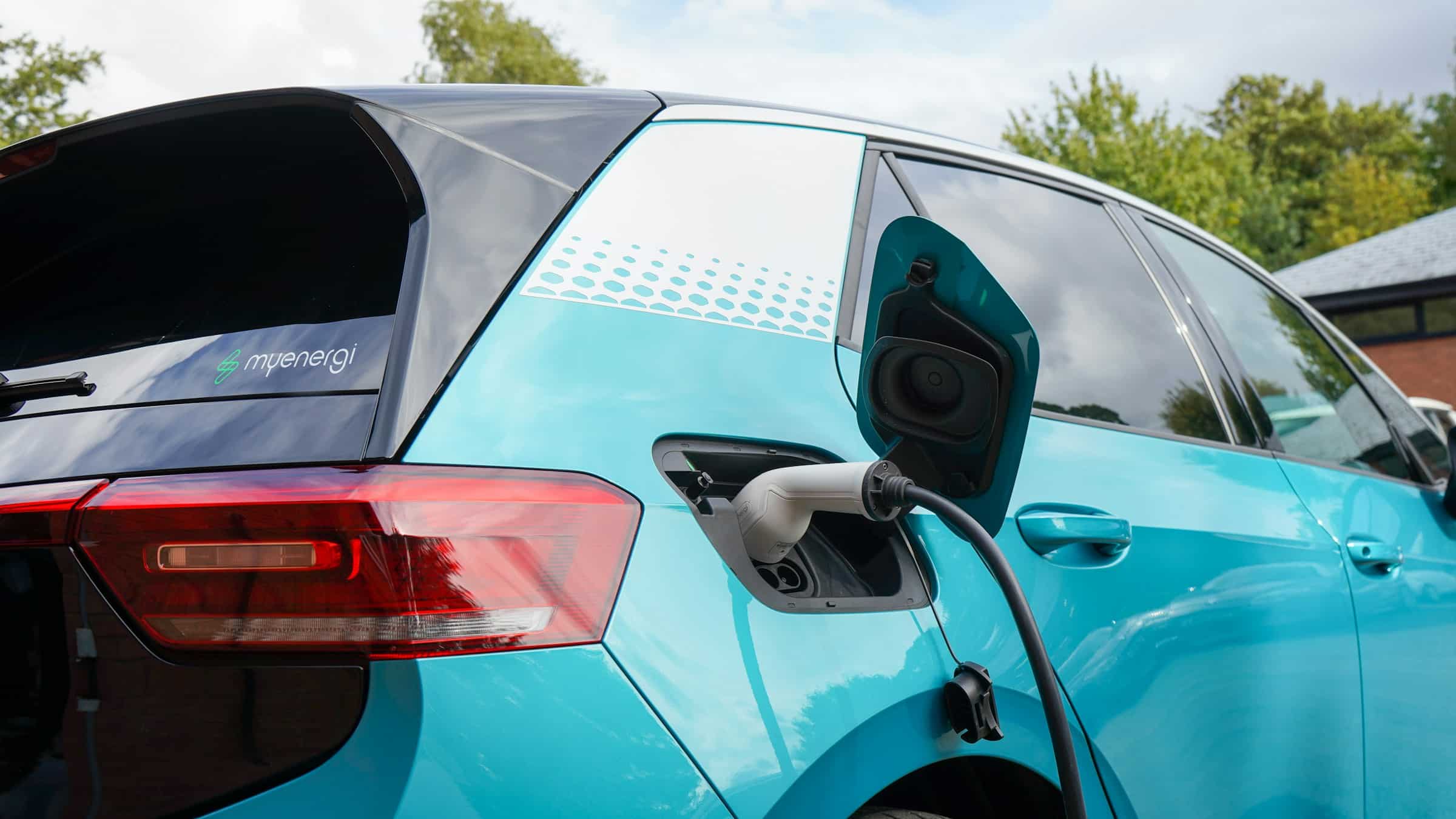What’s the Best Way to Maintain the Battery Life in a Hybrid Electric Vehicle During Winter?

As winter approaches, every owner of hybrid electric vehicles (EVs) faces a common concern: how will the cold weather affect the performance and battery life of their vehicle? The impact of cold weather on EVs and hybrid cars has been a topic of debate and research for a while. While the consensus is that cold temperatures can indeed cause a reduction in the range and efficiency of electric and hybrid vehicles, the good news is that there are several effective strategies to mitigate these effects and maintain optimal battery performance during winter.
How Cold Weather Affects Electric and Hybrid Vehicle Batteries
Before exploring solutions, it is crucial to understand why and how cold weather impacts the performance of electric and hybrid vehicles. When the temperature drops, it doesn’t only affect humans but also the batteries in our vehicles.
Topic to read : Can the Right Aftermarket Air Intake System Improve the Throttle Response of a Kia Stinger GT?
Batteries, in general, are adversely affected by cold temperatures. In an EV or hybrid vehicle, the battery is responsible for powering the electric motor and all other electrical systems in the vehicle. Cold weather can slow down the chemical reactions inside the battery, thereby reducing its power output. In severe cold, this can lead to a noticeable decrease in the vehicle’s range. In fact, studies have shown that extreme cold can reduce an EV’s range by up to 40%.
Moreover, winter driving conditions often require the use of energy-intensive features such as heating, defogging, and lighting, which puts additional load on the battery, further draining its charge and reducing the driving range.
Also to see : How to Adjust Your Motorcycle’s Suspension for a Two-Up Riding Experience?
Lastly, charging the battery can also be slower in cold weather, as the battery management system (BMS) needs to ensure that the battery’s temperature is within a safe range before initiating the charging process.
Strategies to Maintain Battery Performance in Cold Weather
Now that we have understood the challenges that cold weather poses to EVs and hybrid vehicles let’s explore ways to counteract these effects and maintain optimal battery health during winter.
Preconditioning the Battery
Preconditioning involves warming up the battery before starting a trip or charging the battery. Many modern EVs and hybrid cars come with a preconditioning feature that can be activated using the vehicle’s infotainment system or a smartphone app. By heating up the battery while the vehicle is still plugged in, you can save energy and increase the range of the vehicle once you start driving.
Limiting the Use of Energy-Intensive Features
While it can be tempting to crank up the heat on a chilly winter day, doing so can drain the battery quickly. Instead, consider using seat heaters, steering wheel heaters, and other less energy-intensive features to stay warm. Also, rather than using the defogger continuously, use it as needed to clear the windscreen.
Regular Charging and Storing the Vehicle in a Warm Place
Regular charging can keep the battery at an optimal temperature, thereby preserving its capacity. It is also beneficial to store your vehicle in a garage or another warm place, as this can help maintain the battery temperature at a suitable level, thereby reducing energy loss.
Upgraded Battery Technology to Withstand Cold Weather
As battery technology advances, manufacturers are developing solutions specifically designed to address the issue of cold weather performance. Today, many EVs and hybrid vehicles come with advanced battery management systems (BMS) that can actively heat or cool the battery to maintain its temperature within an optimal range, thereby ensuring consistent performance and extending the battery’s lifespan.
In the near future, we can expect even more improvements in battery technology, such as solid-state batteries, which are touted to offer better performance and higher energy density, making them less susceptible to temperature fluctuations.
In Summary
While cold weather can indeed pose challenges to the performance and range of EVs and hybrid vehicles, it is not a deal-breaker. By understanding how temperature affects your vehicle’s battery and implementing simple strategies like preconditioning the battery, limiting the use of energy-intensive features, and regular charging, you can effectively maintain the battery life and performance of your hybrid or electric vehicle during winter. Furthermore, ongoing advancements in battery technology promise to further reduce the impact of cold weather on electric and hybrid vehicles, making them an increasingly viable choice for consumers in all climates.
Adapting Driving Behaviors for Electric Vehicles in Cold Weather
Understanding how cold weather affects the performance of electric vehicles and hybrid cars is just the beginning. As a vehicle owner, adapting your driving behaviors can significantly contribute to maintaining the battery life of your electric car during winter months.
As the mercury drops, electric vehicles require more energy to maintain their performance. This is further compounded by the use of heating, defogging, and lighting systems which are more pronounced in winter. It’s essential to understand that adopting energy-conserving habits can make a huge difference.
For instance, heated seats and steering wheels use less energy than the car’s cabin heater. Therefore, using them instead of the heater can preserve your battery life. Similarly, instead of using the defogger continuously, use it intermittently when the windscreen becomes unclear.
Furthermore, aggressive driving, such as sudden acceleration and braking, can drain the battery faster. Adopting a smooth and steady driving style can help conserve battery power.
Driving in the economy mode, if your vehicle has one, can further optimize the energy usage and improve your mileage range. This mode adjusts the vehicle’s systems for maximum efficiency, helping you get the most out of your electric vehicle in freezing temperatures.
Lastly, maintaining a high state of charge in your battery pack can also help retain its temperature and performance. Keeping the car plugged in when not in use allows the cooling system to maintain the battery temperature, consuming power from the grid instead of the battery.
Conclusion: Maximizing the Efficiency of Hybrid and Electric Vehicles in Cold Weather
In conclusion, there are several ways to mitigate the impact of cold weather on the battery life of hybrid and electric vehicles. By understanding the effect of cold temperatures on your vehicle’s battery, you can adapt your driving behaviors and usage of energy-intensive features to conserve battery life.
Implementing strategies such as preconditioning the battery, limiting the use of the heater and defogger, adopting a smooth driving style, and keeping your vehicle plugged in when not in use, can all help maintain optimal battery performance during winter.
Moreover, storing your vehicle in a warm place, like a garage, can help retain the battery’s temperature and reduce energy loss.
In the meantime, we also anticipate further advancements in battery technology that will make electric vehicles even more resistant to cold temperatures. Features like advanced battery management systems and the advent of solid-state batteries will continue to improve the performance and efficiency of electric vehicles, regardless of the weather conditions.
Despite the challenges posed by cold weather, with a few adjustments and the right care, hybrid and electric vehicles can not only survive but thrive in winter conditions. So, as a vehicle owner, remember to adapt and optimize your hybrid or electric vehicle usage during winter to get the most out of your eco-friendly ride.
